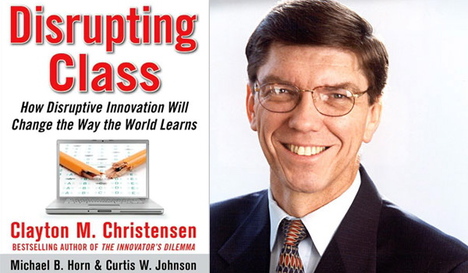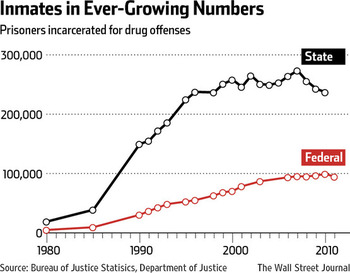Source of book image: http://si.wsj.net/public/resources/images/OB-PJ926_bkrv10_DV_20110829191924.jpg
(p. C13) Sonia Arrison’s “100 Plus” was first published in 2011, but its message is evergreen: how scientists are directly attacking the problem of aging and death and why we should fight for life instead of accepting decay as inevitable. The goal of longer life doesn’t just mean more years at the margin; it means a healthier old age. There is nothing to fear but our own complacency.
For the full review essay, see:
Peter Thiel (author of passage quoted above, one of 50 contributors to whole article). “Twelve Months of Reading; We asked 50 of our friends to tell us what books they enjoyed in 2012–from Judd Apatow’s big plans to Bruce Wagner’s addictions. See pages C10 and C11 for the Journal’s own Top Ten lists.” The Wall Street Journal (Sat., December 15, 2012): passim (Thiel’s contribution is on p. C13).
(Note: the online version of the review essay has the date December 14, 2012.)
The book Thiel endorses is:
Arrison, Sonia. 100 Plus: How the Coming Age of Longevity Will Change Everything, from Careers and Relationships to Family and Faith. New York: Basic Books, 2011.





